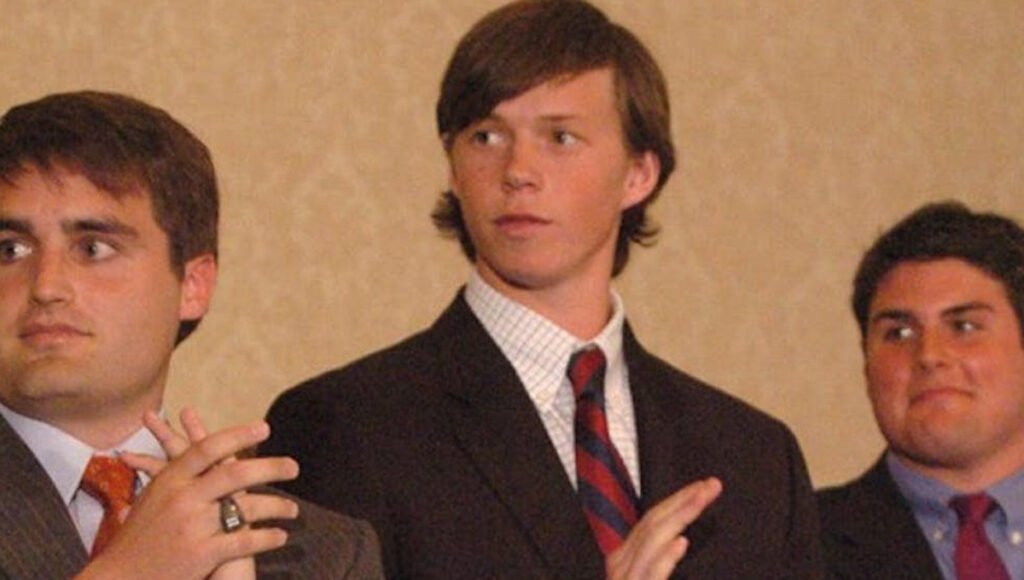The Duke lacrosse scandal of 2006 shook the foundations of trust and justice in America. At its heart was Crystal Mangum, a woman whose allegations led to a media storm, ruined reputations, and a nationwide debate on race, privilege, and accountability. Almost two decades later, Mangum has come forward to admit that her story was fabricated. This article explores her confession, the events that transpired, and the lingering impact on those involved.
Who Is Crystal Mangum?
Crystal Mangum was an exotic dancer and single mother when she accused three Duke University lacrosse players—David Evans, Collin Finnerty, and Reade Seligmann—of raping her during a party in 2006. Her claims, though later proven false, ignited one of the most polarizing scandals in recent history.
Crystal Mangum’s Shocking Confession
What Did She Say?
In a recent interview from prison, Mangum admitted, “I testified falsely against them by saying that they raped me when they didn’t, and that was wrong.” Speaking on Let’s Talk with Kat, hosted by Katerena DePasquale, she expressed deep remorse and a desire for forgiveness. She acknowledged fabricating the allegations to seek validation, not from herself or her faith, but from others.
Why Now?
Mangum revealed that the confession had been weighing on her for years. “It’s been on my heart to do a public apology concerning the Duke lacrosse case,” she wrote to DePasquale. Her faith, she said, drove her to take responsibility for her actions.
The Duke Lacrosse Scandal: A Timeline of Events
The Night That Started It All
On March 13, 2006, Mangum claimed she was assaulted at a party hosted by Duke lacrosse players. Hired alongside another dancer, Mangum alleged that the night took a violent turn.
The National Spotlight
The accusations dominated headlines. The case became a lightning rod for discussions about privilege, race, and gender. The media descended on Duke’s campus, often portraying the players as guilty before evidence was presented.
The Role of the Justice System
Mike Nifong’s Controversial Involvement
Durham County District Attorney Mike Nifong pursued the case with zeal, publicly declaring the players’ guilt. However, his actions soon came under scrutiny.
The Turning Point: DNA Evidence
DNA tests exonerated the players, showing no connection between them and Mangum. Nifong’s refusal to disclose this evidence led to his disbarment and marked the beginning of the end for the case.
Duke University’s Response
A Campus in Turmoil
The university canceled the lacrosse season and suspended the accused players. The administration’s response drew criticism, with many feeling that the players were abandoned by their institution.
Legal Repercussions
After the charges were dropped, the players sued Duke University. The lawsuit was eventually settled, but the damage to the university’s reputation was done.
Life After the Scandal
For the Accused Players
While the legal system cleared Evans, Finnerty, and Seligmann, their lives were irrevocably changed. They faced public humiliation, academic disruptions, and emotional scars that lingered long after the case was closed.
For Crystal Mangum
Mangum’s life spiraled further. In 2013, she was convicted of second-degree murder in an unrelated case and is currently serving her sentence. Her recent confession marks a stark contrast to her earlier defiance.
Lessons from the Scandal
The Dangers of Rushing to Judgment
The case is a cautionary tale about the perils of making assumptions without evidence. Public opinion can often overshadow facts, causing irreversible harm.
The Media’s Responsibility
The sensationalized coverage of the scandal highlighted the need for responsible journalism. The rush to convict the accused in the court of public opinion left a lasting stain on media ethics.
Crystal Mangum’s Faith and Forgiveness
Mangum has leaned heavily on her faith during her time in prison. She called for forgiveness and healing, not just for herself, but also for the men she falsely accused. “I hope they can heal and trust God,” she said, referring to the players as her “brothers.”

